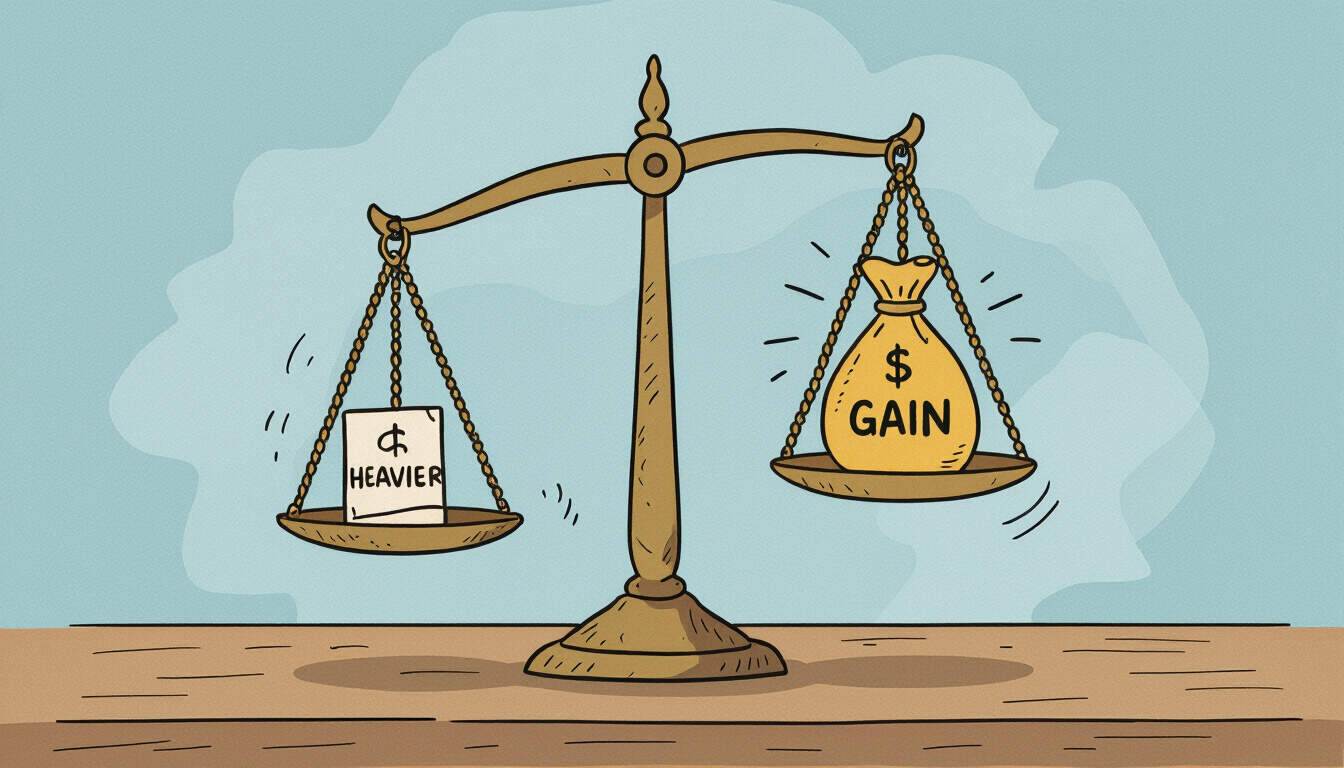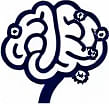Loss Aversion: A Fundamental Mental Model in Human Choices
 by Lilian Nienow
by Lilian Nienow
Loss Aversion explains why people feel the sting of losses more than the joy of gains, influencing decisions in everyday life and business. This mental model from psychology offers insights into cognitive biases and strategies for better choices, appealing to professionals and learners alike.

Loss Aversion is a core concept that shapes how individuals make choices. In psychology, it describes the tendency for losses to weigh heavier than gains. For instance, giving up something valued often feels more painful than gaining an equivalent reward.
This idea stems from cognitive development studies, where researchers observed patterns in human behavior. Loss Aversion appears in experiments showing people will take risks to avoid losses but play it safe for gains. Such patterns highlight its role in shaping decisions.
In business strategies, this mental model influences negotiations and investments. Leaders might hold onto failing projects longer than necessary, fearing the loss of resources. Consider a company deciding whether to cut a product line; the potential loss of jobs and investment can overshadow the benefits of reallocating funds.
Real-world examples bring this to life. In personal finance, someone might avoid selling stocks at a loss, even if holding them leads to greater declines. This behavior shows how cognitive biases like Loss Aversion can lead to poor outcomes.
To explore further, think about consumer behavior. Shoppers often respond more to discounts framed as "saving from a higher price" rather than "gaining a lower cost." Marketers use this insight to drive sales, emphasizing what customers might lose by not acting.
Overcoming Loss Aversion involves awareness and practical techniques. One approach is reframing decisions to focus on potential gains. For example, viewing a career change not just as risking stability but as opening new opportunities can reduce the bias's impact.
In professional settings, teams can apply tools like decision matrices to weigh options objectively. This method helps balance emotional responses with logical analysis, making it easier to move past the fear of loss.
Studies in psychology reveal that decision making improves with practice. Individuals who regularly reflect on their choices become better at recognizing when Loss Aversion is at play. Journals or apps that track decisions provide a simple way to build this skill.
Another angle is education. Lifelong learners can benefit from reading about cognitive biases, which often include Loss Aversion as a key topic. Books and courses offer exercises to test and challenge these tendencies.
Practical Applications in Daily Life
Incorporating this mental model into routines can lead to smarter habits. For instance, in budgeting, people might set rules to sell assets at predefined points, avoiding emotional attachments. This strategy minimizes the influence of Loss Aversion on financial health.
In relationships, it affects how conflicts are handled. Avoiding a tough conversation due to fear of damaging ties can worsen issues over time. Recognizing this bias encourages proactive discussions, fostering healthier interactions.
The Role in Cognitive Development
From a developmental perspective, Loss Aversion evolves with age and experience. Children show early signs by preferring to keep toys rather than trade for new ones. As adults, this trait influences major life choices, from career paths to retirement planning.
Experts suggest that building resilience counters this bias. Activities like mindfulness help individuals pause and evaluate decisions without immediate emotional reactions. Over time, these practices enhance overall cognitive development.
In summary, Loss Aversion offers valuable lessons for personal and professional growth. By acknowledging its presence, people can make more balanced choices. Whether in psychology, business, or everyday scenarios, applying this knowledge leads to better outcomes.
For those interested in deeper exploration, experimenting with small decisions provides hands-on learning. The key lies in consistent effort to understand and adapt, turning potential pitfalls into opportunities for improvement.
